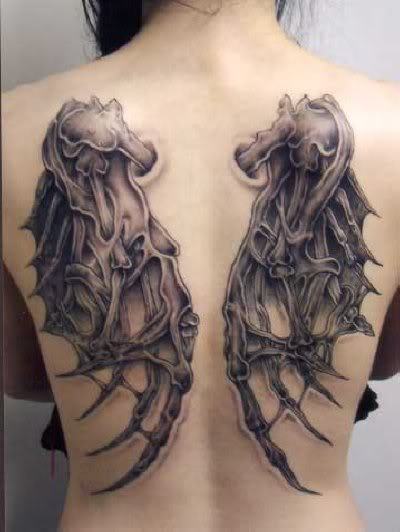Earlier this year I let my membership in Los Angeles' Museum of Contemporary Art (MOCA) lapse. It was a purely financial decision in a crummy financial year. Now I almost wish that I hadn't, so that I could cancel it in protest. Here's why.
This coming April MOCA is opening a new show called "Art in the Streets." It is supposedly going to be the largest graffiti exhibition ever in a major institution. As part of the show the museum commissioned an
Italian street artist known as Blu to paint a mural on the north wall of its Geffen Contemporary building - less than a half mile from Olvera Street, the oldest street in Los Angeles. (More about that later.)
The mural, in the spirit of much of the best street art was political, confrontational and undoubtedly would have pissed off some viewers. It was a field of military-style coffins draped with large dollar bills rather than the usual American flags.
The director of MOCA,Jeffrey Deitch, ordered that the mural be whitewashed over.
According to the L.A. Times, Deitch said that the mural was "insensitive" to the community, and that his decision was "about my effort to be a good, responsible, respectful neighbor in this historic community."
I got news for you Jeff. Art is supposed to be insensitive sometimes. It's supposed to be challenging. It's supposed to push boundaries and be outside of the mainstream. It's not only supposed to make people comfortable and please them with pretty colors. That's what design is for, not art, especially not "contemporary art" in what promotes itself as a cutting edge institution. And even more especially not "street art."
Some people are comparing this to the recent ruckus over the
removal of David Wojnarowicz's "A Fire in My Belly" video from the National Portrait Gallery in Washington D.C. under pressure from right wing Catholics and members of Congress. I've got a comparison that's closer to home - less than a half mile away.
In 1932 the famous Mexican muralist David Alfaro Siqueiros was commissioned to paint a mural on a wall near Olvera Street in downtown Los Angeles. The mural, titled "Tropical America" was completed on the night before its dedication - October 9, 1932. According to the
Olvera Street website, "The central visual and symbolic focus of the piece is an Indian peon, representing oppression by U.S. imperialism, crucified on a double cross capped by an American eagle. A Mayan pyramid in the background is overrun by vegetation, while an armed Peruvian peasant and a Mexican
campesino (farmer) sit on a wall in the upper right corner, ready to defend themselves."
The art powers that were in Los Angeles at the time, well, they didn't much care for Siqueiros' mural. It made them uncomfortable, at the least, and angry.
What'd they do? They had it whitewashed over. Sound familiar?
But now, 78 years later, Siqueiros is having the last laugh.
The mural is being restored and a visitor center is being built next to it. And, The Autry National Center has an exhibition called
Siqueiros in Los Angeles: Censorship Defied.
I looked for a good photo of the mural that I could post here, but the only one I could find was in an event listing in the L.A. Times website. Not wanting to step on anyone's copyright I haven't posted the photo here. But you can see it by clicking on this link, and if you click on the photo it will enlarge.

















No comments:
Post a Comment